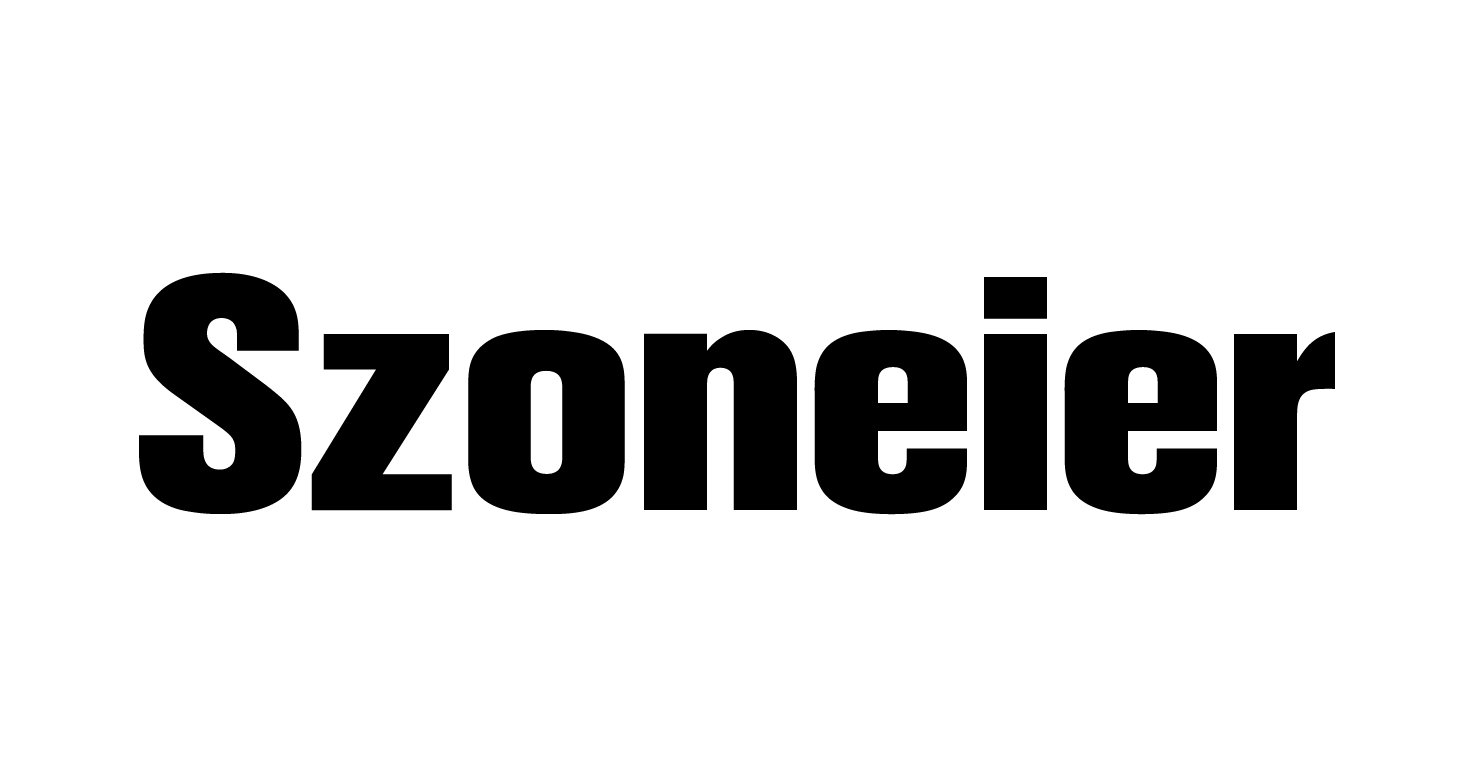Imagine your showroom shelves lined with gleaming silk bolts, each yard more sumptuous than the last—yet behind that elegant drape lies a frustrating reality: minimum order quantities (MOQs) can range from a mere 50 m to a daunting 1,000 m, depending on where you source. How can you plan orders without guessing blind?
100% silk MOQs typically span 50 m–200 m for digital or small‑batch mills in China and India, 300 m–500 m for traditional screen‑print facilities, and 500 m–1,000 m for artisanal European producers—reflecting local technology, labor costs, and production scale.
I still recall a young distributor in Berlin who nearly lost a key client because she assumed she could buy just 100 m of charmeuse from Italy—only to discover the mill’s minimum was 600 m. A quick pivot to a Shenzhen partner with a 100 m MOQ saved her launch, and now she orders monthly runs without breaking her cash flow. Ready to crack the MOQ code for your next silk collection? Let’s dive in.
What Are the Typical MOQs for 100% Silk Fabric Across Major Sourcing Regions?
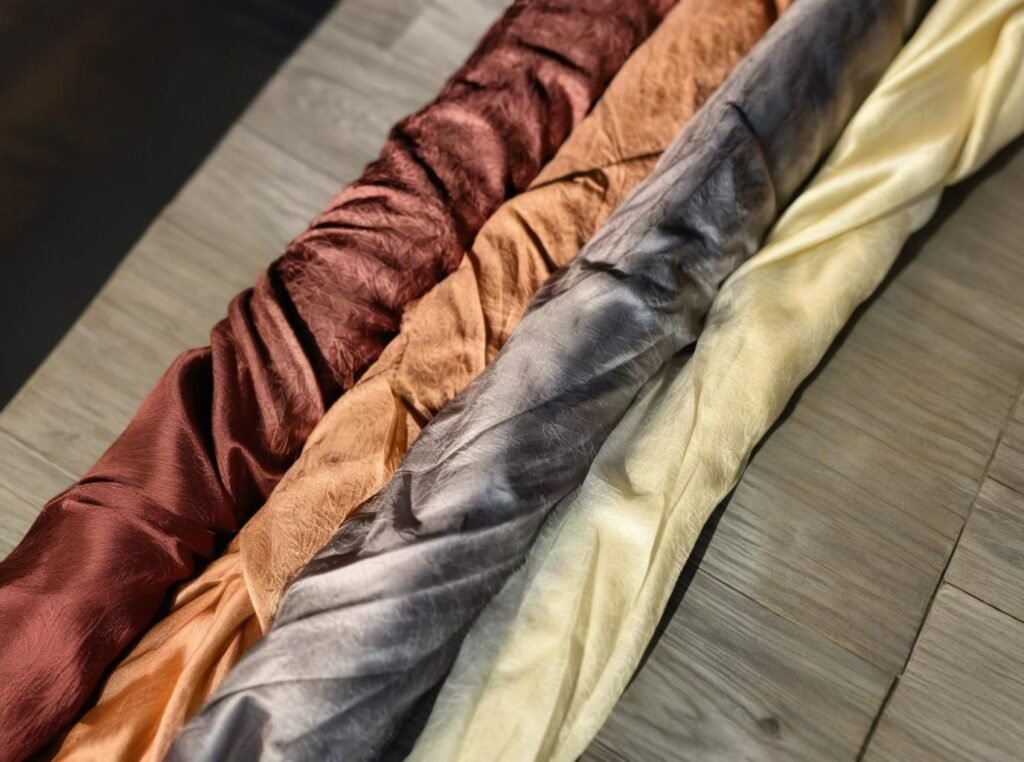
MOQs for pure silk vary widely: in digital‑print hubs like Shenzhen or Mumbai, you can often secure just 50 m–150 m for customized dye‑cuts or reactive prints. Traditional screen‑print houses in Como or Lyon generally require 300 m–500 m to justify screen preparation. Meanwhile, small artisan weavers in Japan or France may ask for 600 m–1,000 m—even for basic solid colors—because their looms run less frequently and labor is at a premium. 100% silk fabric MOQs typically range from 50 m–150 m in digital‑print mills (China/India), 300 m–500 m in traditional European screen‑print facilities, and 600 m–1,000 m in small artisan weaving houses, reflecting differences in technology, labor costs, and production runs.
- Digital vs. Analog Mills: Why digital dye‑sublimation and reactive print presses offer lower minimums.
- Screen Setup Economics: The fixed cost of screens and how it drives higher MOQs in Europe.
- Artisan Weaving Schedules: Small loom availability and its impact on order thresholds.
- Logistics & Inventory Impact: How larger MOQs tie up storage and cash flow.
- Case Study: Mumbai Digital Mill vs. Como Screen‑Print House
| Region/Mill Type | Typical MOQ | Lead Time | Unit Price Range (USD/m) |
|---|---|---|---|
| China – Digital Reactive Print | 50 m | 2–3 weeks | \$10–\$14 |
| India – Digital Dye‑Sublimation | 100 m | 3–4 weeks | \$9–\$13 |
| Italy – Screen Printing | 300 m | 4–6 weeks | \$12–\$16 |
| France – Hand‑Screen Printing | 500 m | 5–7 weeks | \$14–\$20 |
| Japan – Artisan Weaving | 600 m | 6–8 weeks | \$18–\$24 |
Critical Perspectives:
- Hidden Minimums: Some mills advertise low MOQs but add “design setup fees” that effectively raise your break‑even quantity.
- Flexibility vs. Cost: Lower‑MOQ mills often charge a premium per meter; evaluate total landed cost, not just minimums.
Which Factors Most Influence MOQ Requirements for Silk Distributors?
Several elements drive MOQ thresholds: production technology, labor intensity, dye or finish complexity, and even electricity costs. Digital presses need minimal physical setup, so they advertise 50 m MOQ—but intricate prints with multiple color separations can bump that to 100 m. Artisanal looms demand longer runs to optimize manual weaving schedules. And mills that treat wastewater or use eco‑friendly dyes may impose higher minimums to cover their overhead. Key drivers of silk MOQs include printing or weaving technology (digital vs. manual), dye and finish complexity, labor rates, and compliance with environmental regulations—each factor directly impacting a mill’s minimum viable run length.
- Technology Overhead: How feed rates and change‑over times differ between digital and hand‑fed looms.
- Color & Finish Complexity: Multi‑step finishing (e.g., mercerizing, silicone softening) requires batch runs large enough to amortize extra labor.
- Labor Cost Structures: In-shore European labor vs. offshore Asian rates and their effect on order thresholds.
- Environmental Compliance: Mills with zero‑effluent systems often pass higher costs onto buyers via higher MOQs or per‑meter premiums.
- Case Study: Eco‑Certified Dyehouse MOQ Policies
| Factor | Effect on MOQ | Notes |
|---|---|---|
| Digital Print Setup | Lowers MOQ to 50 m | Extra colors may raise to 100 m |
| Hand‑Fed Loom Schedules | Raises MOQ to 500 m+ | Labor‑intensive, batch‑run logic |
| Specialty Finishes | +10 % MOQ uplift | Mercerized or silicone ‑treated fabrics |
| Eco‑Regulation Compliance | +20 % MOQ uplift | Zero‑effluent or organic dye certifications |
| Labor Rates (EUR vs. USD vs. INR) | High Labor → High MOQ | European mills often require 400 m+ runs |
Critical Perspectives:
- Strategic Trade‑Offs: Sometimes paying a 10 % per‑meter premium on a 100 m digital batch beats tying up capital in a 500 m screen‑print lot.
- Supplier Partnership: Building long‑term relationships can lead to bespoke, lower‑MOQ agreements, especially if you commit to regular orders.
How Do Regional Production Capacities and Technologies Impact Silk MOQs?
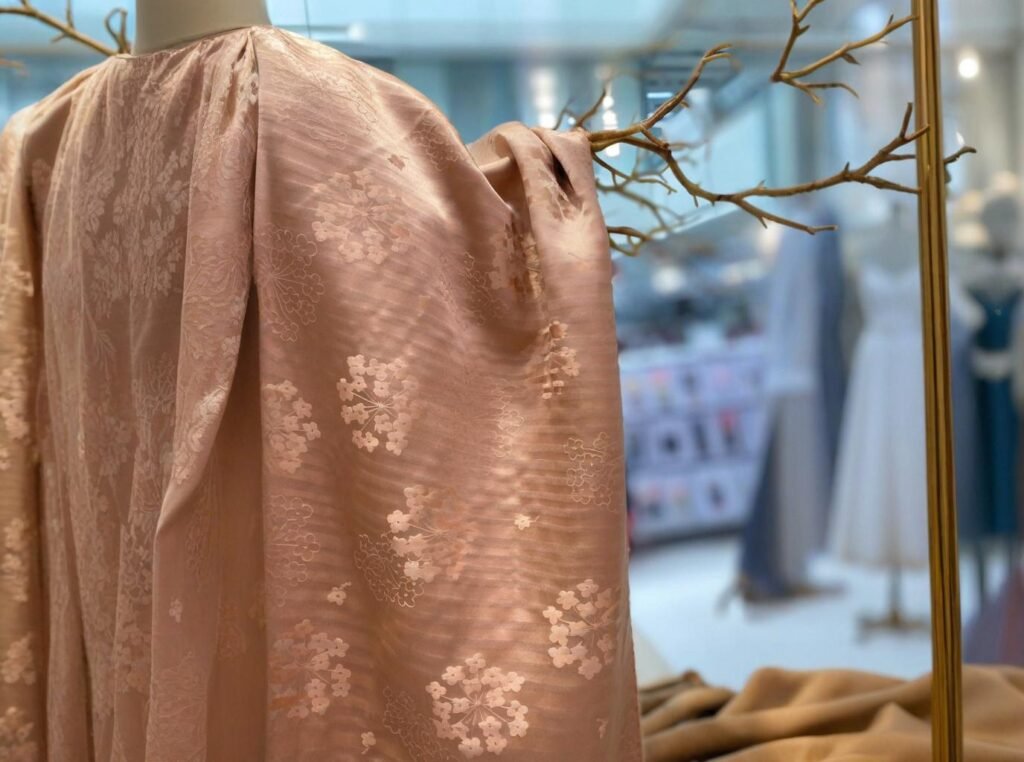
Regional differences in machinery, workforce skills, and production infrastructure shape minimum order thresholds. High-tech digital mills in China and India, leveraging automated jet‑print presses, can flexibly schedule small batches of 50 m–150 m. In contrast, European facilities often rely on fixed‑width, manual screen‑print lines or traditional shuttle looms—necessitating runs of 300 m–600 m to fill production slots and justify setup costs. Automated digital printing hubs in Asia support small‑batch orders (50 m–150 m MOQ), while manual screen‑print and shuttle‑loom operations in Europe typically require 300 m–600 m MOQs due to higher setup times and lower production flexibility.
- Machine Utilization Rates: Digital presses can switch jobs daily; analog lines run weekly batches.
- Skill Specialization: European artisans often hand‑adjust screens or looms, increasing per‑run overhead.
- Infrastructure Constraints: Mill size, number of color stations, and energy costs inform order minimums.
- Capacity Sharing Models: Some factories offer “mid‑week slots” at reduced MOQ for off‑peak utilization.
- Case Study: Shenzhen Automated Press vs. Lyon Traditional Line
| Region/Technology | MOQ Range | Change‑over Time | Per‑Run Cost Drivers |
|---|---|---|---|
| China – Digital Reactive | 50 m–100 m | < 1 day | Ink loading, file prep |
| India – Dye‑Sublimation | 100 m–150 m | 1–2 days | Dye bath prep, film mounting |
| Italy – Manual Screen‑Print | 300 m–500 m | 3–5 days | Screen exposure, mesh stretching |
| France – Shuttle Loom | 500 m–800 m | 4–6 days | Hand warp setup, shuttle change |
Critical Perspectives:
- Flexibility vs. Cost: Rapid‑turn digital mills offer agility at a higher per‑meter price, while analog lines reward committed volumes.
- Shared Capacity Options: In some regions, booking “co‑op runs” with smaller digital mills can lower effective MOQs without full‑batch commitment.
Do Different Weaves and Finishes Alter Minimum Order Thresholds?
Silk weave structures—charmeuse, habotai, chiffon, crepe de chine—and subsequent finishes like mercerization or matte coating introduce additional steps. Looser weaves often run faster but need larger batches (200 m–300 m) to stabilize tension. Specialty finishes require dedicated treatment tanks or curing ovens, pushing MOQs upward by 20 %–30 % compared to standard silk types. Open‑weave silks (e.g., chiffon) and specialty finishes (mercerizing, silicone softeners) typically raise MOQs by 20 %–30 %, with minimums moving from 100 m to 120 m–150 m on digital mills and from 300 m to 360 m–650 m on analog lines.
- Weave Speed & Stability: Tighter weaves (charmeuse) vs. airy weaves (chiffon) production rates.
- Degumming & Mercerizing: Additional process baths require batch volumes to justify tank turnover.
- Coating & Finishing Lines: Silicone or matte coatings need curing ovens, raising setup MOQs.
- Combined Effects: How a loose weave plus specialty finish compounds MOQ uplifts.
- Case Study: Habotai Mercerized Run vs. Charmeuse Standard Finish
| Fabric Type & Finish | Base MOQ | MOQ with Finish | Additional Drivers |
|---|---|---|---|
| Charmeuse (standard finish) | 100 m | 100 m | High loom speed |
| Chiffon (standard finish) | 150 m | 150 m | Looser tension requirements |
| Charmeuse + Mercerizing | 100 m | 120 m (+20 %) | Extra bath, longer handling |
| Chiffon + Silicone Softener | 150 m | 195 m (+30 %) | Curing oven scheduling |
| Crepe de Chine + Matte Coating | 200 m | 260 m (+30 %) | Specialized coating line |
Critical Perspectives:
- Batch Rationalization: Combining multiple finishes in a single run can optimize costs and reduce MOQ uplifts.
- Prioritizing Finishes: Decide which finish adds the most perceived value to justify higher MOQ thresholds.
Is There a Correlation Between Order Volume and Per‑Meter Price Breaks?
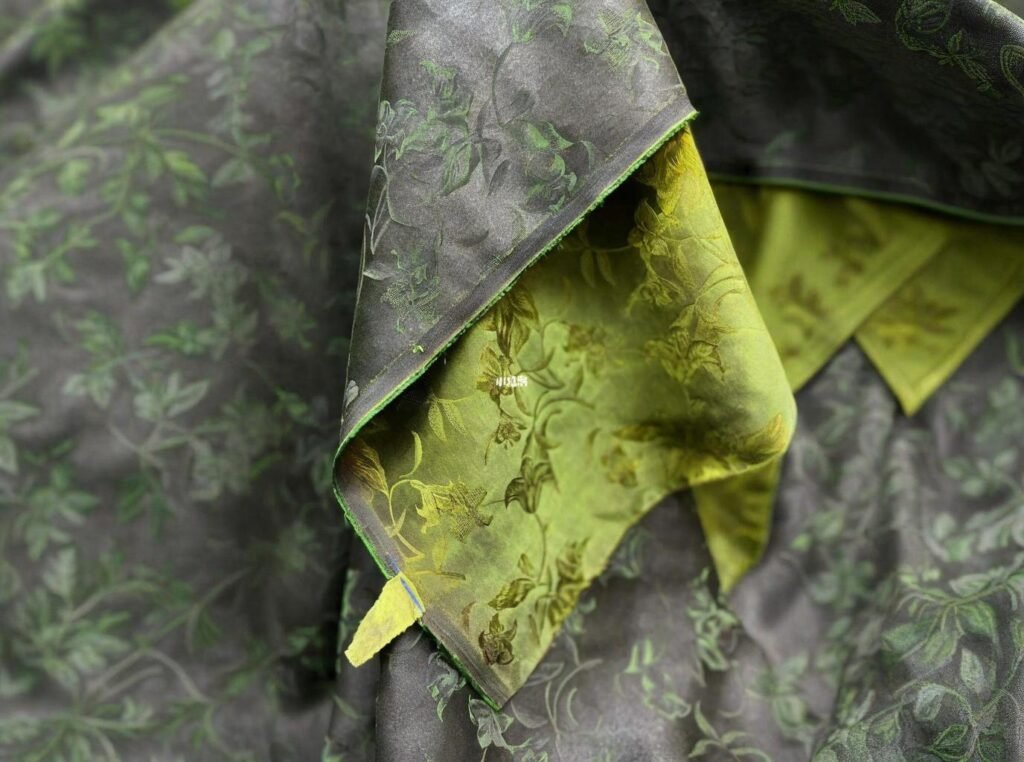
Yes—ordering larger quantities of silk typically unlocks tiered pricing. For example, a 100 m order of standard charmeuse might cost \$12/m, but scaling to 300 m can drop that to \$10.50/m, and a 500 m order may fall further to \$9.75/m. These discounts reflect fixed costs (sampling, setup) spread over more meters and improved mill throughput. Silk fabric unit pricing often decreases by 10 %–20 % when order volumes rise from 100 m to 300 m, with an additional 5 %–10 % cut when moving from 300 m to 500 m—illustrating clear economies of scale in silk sourcing.
- Fixed Cost Amortization: How setup, testing, and handling fees shrink per meter as volume grows.
- Negotiation Leverage Points: Volume thresholds (100 m, 300 m, 500 m) where mills offer the steepest discounts.
- Cash‑Flow vs. Unit Cost: Balancing lower unit prices against inventory carrying costs.
- Real‑World Example: Paris showroom’s shift from 150 m to 500 m, saving \$1.50/m on charmeuse.
- Volume‑Based Forecasting: Using sales projections to plan tiered orders.
| Order Volume | Unit Price (USD/m) | Discount vs. Baseline |
|---|---|---|
| 100 m | \$12.00 | Baseline |
| 300 m | \$10.50 | 12.5 % |
| 500 m | \$9.75 | 18.8 % |
| 1,000 m | \$9.00 | 25 % |
Critical Perspectives:
- Demand Certainty: Larger minimums assume accurate sales forecasts—overestimating can lead to excess stock.
- Payment Terms Impact: Extended net terms can ease cash-flow stress when committing to higher volumes.
How Can Distributors Leverage Tiered MOQ Structures to Optimize Costs?
Many mills publish tiered MOQ schedules—e.g., 50 m at \$14/m, 100 m at \$12/m, 300 m at \$10.50/m. Savvy distributors combine designs to hit higher tiers, request blended orders across widths or colors, or ask for “phantom” volumes (committing future orders) to secure lower tiers. Some even negotiate “roll‑over” credits for unused meterage to preserve buying power. By consolidating multiple fabrics or colors into one run, committing to phased future orders, and negotiating roll‑over credits for surplus meters, distributors can effectively secure lower tiered pricing—often reducing unit costs by up to 20 % without upfront volume.
- Design Bundling: Grouping compatible prints to meet tier thresholds in a single production run.
- Phased Commitment Agreements: Locking in tiered pricing for multiple small batches over time.
- Roll‑Over Meterage Credits: Applying unused minimums to future orders.
- Collaborative Runs: Partnering with non‑competing distributors to aggregate orders.
- Case Study: New York distributor’s roll‑over strategy saving \$3,000 annually.
| Strategy | MOQ Impact | Unit Cost Benefit |
|---|---|---|
| Design Bundling | Meets 300 m tier | −\$1.50/m |
| Phased Commitment | Secures 500 m tier over 3 runs | −\$2.25/m |
| Roll‑Over Credits | Applies 100 m unused | Retains tier benefits |
| Collaborative Co‑Ordering | Aggregates to 500 m | −\$1.25/m |
Critical Perspectives:
- Operational Complexity: Implementing these tactics requires precise tracking and strong supplier relationships.
- Brand Confidentiality: Co‑ordering risks exposing design details—NDAs are essential.
What Strategies Can Smaller Distributors Use to Overcome High MOQ Barriers?
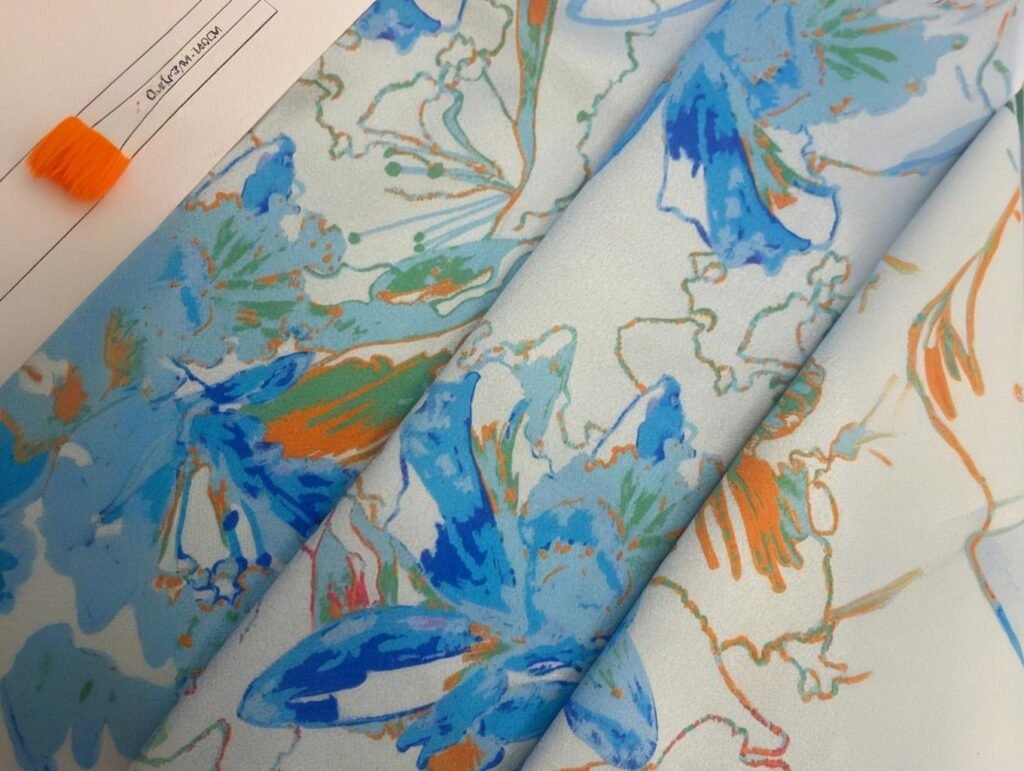
Smaller distributors often lack the volume to meet high factory minimums—but creative approaches can level the playing field. One tactic is “sample ordering plus forward commitment,” where you place a 50 m–100 m paid sample run at digital mills, accompanied by a letter of intent for a larger 300 m+ order once designs prove successful. Another is inventory pooling: join or form a buying consortium to aggregate demands across several small brands, sharing both MOQ and logistics costs. Small distributors can navigate high MOQs by funding small‑run paid samples with forward volume commitments, forming buying consortia to pool orders, or leveraging roll‑over credits—thus securing access to lower tier pricing without carrying full batch inventory.
- Paid Sample Runs with LOI: How to structure intent letters to guarantee future orders.
- Buying Consortia Models: Platforms or informal groups that combine orders from multiple buyers.
- Micro‑Brand Partnerships: Co‑branding limited runs to meet MOQs and test markets.
- Prepaid Credit Accounts: Depositing funds in advance to earn MOQ credits for smaller transactions.
- Case Study: European micro‑boutique consortium achieving 200 m runs collectively.
| Tactic | MOQ Requirement | Buyer Benefit |
|---|---|---|
| Sample + LOI | 50 m + commitment | Validates design; secures future rate |
| Buying Consortium | 300 m total | Shared MOQ; reduced shipping |
| Micro‑Brand Co‑Branding | 150 m per brand | Cost‑share; market test synergy |
| Prepaid Credit Account | 100 m credit | Flexibility on small orders |
Critical Perspectives:
- Trust & Commitment: Suppliers must believe in your forward commitment—clear contracts help.
- Coordination Overhead: Consortium models demand strong communication and logistical coordination.
Which Digital Platforms and Cooperatives Facilitate MOQ Aggregation for Silk?
A growing ecosystem of digital sourcing platforms and print cooperatives offers automated order pooling. Sites like FabricHub and SilkShare connect multiple small buyers to a single production run, reducing individual MOQs to as low as 25 m. Others, such as MillLink, provide tiered subscription plans that bundle orders monthly and handle logistics, quality control, and consolidated invoicing—making high‑end silk accessible to even the smallest distributors. Platforms like FabricHub and SilkShare enable MOQ aggregation by pooling small orders into single runs (as low as 25 m per buyer), while cooperative services like MillLink handle scheduling, QC, and logistics under subscription models, democratizing access to premium silk.
- Platform vs. Cooperative Models: Subscription fees, service scopes, and quality guarantees.
- Integration with ERP Systems: How digital tools sync with your inventory and ordering workflows.
- Data‑Driven Run Scheduling: Platforms use aggregated demand forecasts to optimize production timing.
- Case Study: FabricHub’s 2024 Silk Collective Run Achieving 10% Cost Savings
| Platform/Service | MOQ per Buyer | Subscription/Fees | Key Features |
|---|---|---|---|
| FabricHub | 25 m | 2 % transaction fee | Demand pooling, QC oversight |
| SilkShare | 50 m | \$500 annual | Print cooperatives, design support |
| MillLink | 100 m credit | \$1,200/year | Scheduling, logistics, invoicing |
| WeaveTogether | 30 m | 3 % transaction fee | Multi‑mill partnerships |
Critical Perspectives:
- Platform Reliability: Vet for on‑time delivery and quality track record—platforms vary.
- Service Lock‑In: Subscription models may limit flexibility if your needs change.
Navigating MOQs for 100% silk fabric doesn’t have to be a shot in the dark. By understanding regional minimums, the drivers behind setup thresholds, and the tactics—from LOIs and consortia to digital‑platform aggregation—you can tailor your sourcing strategy to fit your scale and cash flow.
Ready to explore customized silk solutions with flexible MOQs and expert guidance?
Contact SzoneierFabrics today for free samples, personalized quotes, and end‑to‑end support.
Let’s weave a partnership that balances artistry, quality, and cost—so your business can shine, yard after yard.
